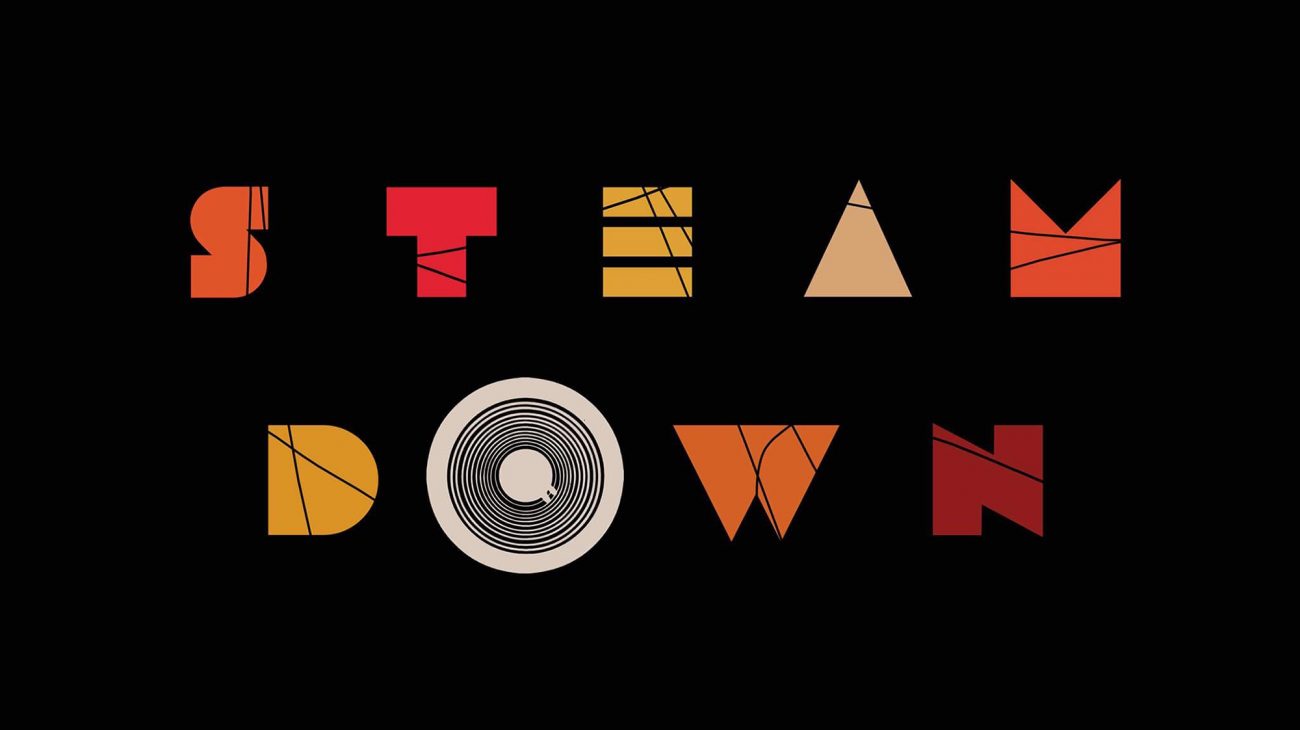
With their bright colours and delicate flutter, it’s no wonder that butterflies inspire artists everywhere. Remember, you can always go back and re-work your digital paints if you’re not totally satisfied.įind inspiration in beautiful butterflies. Take your time with this step and add colour to your butterfly and your background thoughtfully. Butterflies are known for their bright, distinctive shades, so don’t be afraid to add bold hues to your drawing. This lets you redraw certain sections without losing any previous work. Or, if you’re using digital tools like Adobe Fresco, just create a new layer in your file and turn off the layer underneath. If something feels off in your sketch, don’t be afraid to use your rubber and draw it again. Adjust the thickness of the veins and the dots around the edges of the wings and add texture to the body, head and antennae. When you’re satisfied with your sketch, go back in and refine your drawing. To make sure you don’t leave anything out, use your references to guide you while you sketch out the shapes of each section. Monarch butterflies, for example, have about ten veined sections on their lower wings that fit together like pieces of a stained glass window. If your butterfly has differently coloured sections across its wings, count those areas first. If your butterfly appears more polka-dotted, sketch in small circles to help you to plan the pattern you want to create. “Most people fudge this part because it’s challenging to get the geometry of the butterfly exactly right.” If you’re drawing a real species of butterfly instead of an imagined species you’ve dreamt up, take a moment to analyse the patterns on its wings. “Now we get to the really fun part, which is adding the marks on the butterfly’s wings,” says Case.

Before you jump in, use your reference photos to plan your perspective. Will you draw it from overhead, with its wings stretched out? Is it fluttering in flight or perched delicately on a flower petal? Think about the background of your composition as well and draw in some basic shapes to represent the flowers, plants or objects your butterfly will interact with. This is the time to think about the composition of your drawing and consider the angle you’ll want to take on the butterfly. Explore different species and images of that species to use as reference photos.ĭraw butterflies with this simple tutorial.

Take time to do some research before you sketch. Whether you sketch the simple Cabbage White butterfly, the whimsical Great Windmill butterfly or the iconic Monarch butterfly, every species has its own markings, colours and shapes to consider. “Any time you’re drawing an animal that you’re not familiar with, you really need to understand the geometry of that creature.”īut not all butterflies look the same. “Analysing your reference photo is going to be your number one job with any kind of naturalist illustration,” explains illustrator and comic artist Jonathan Case. Before you jump in and draw a butterfly, you have to understand what they look like.


 0 kommentar(er)
0 kommentar(er)
